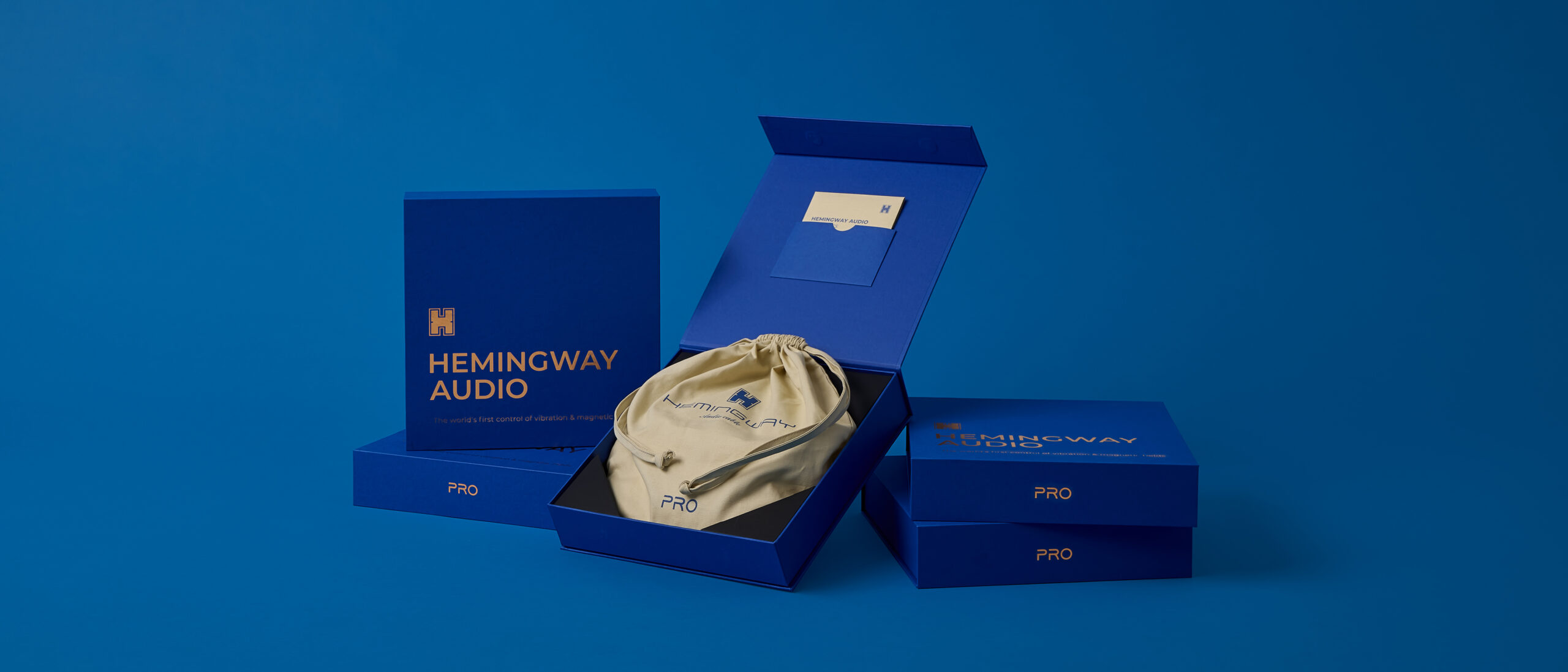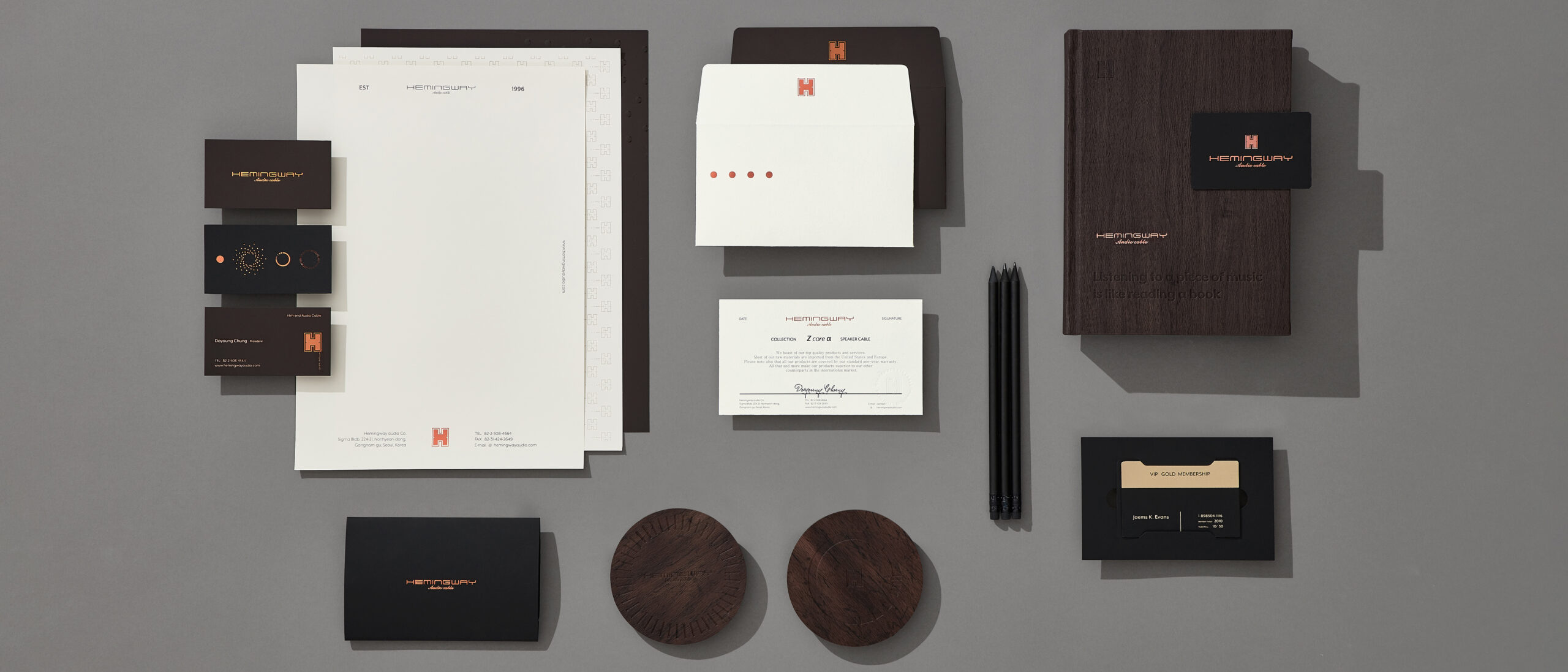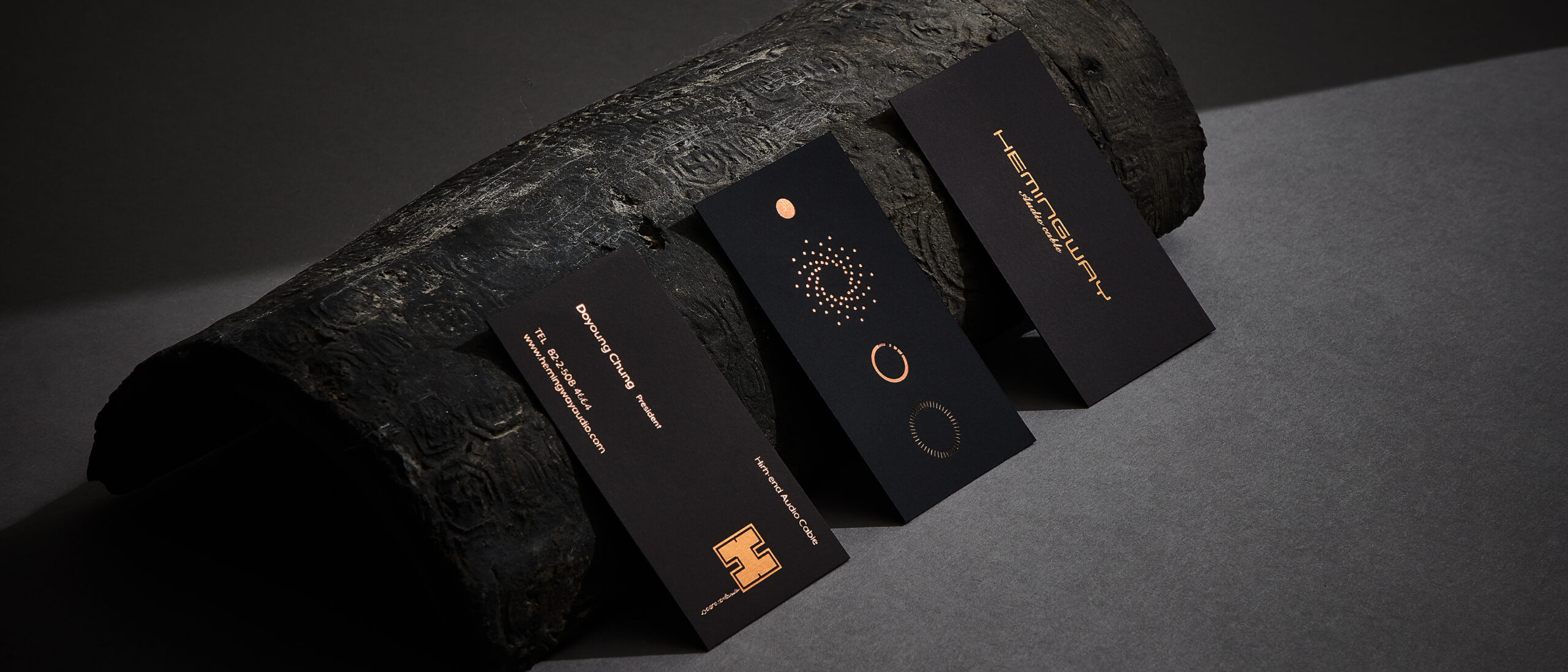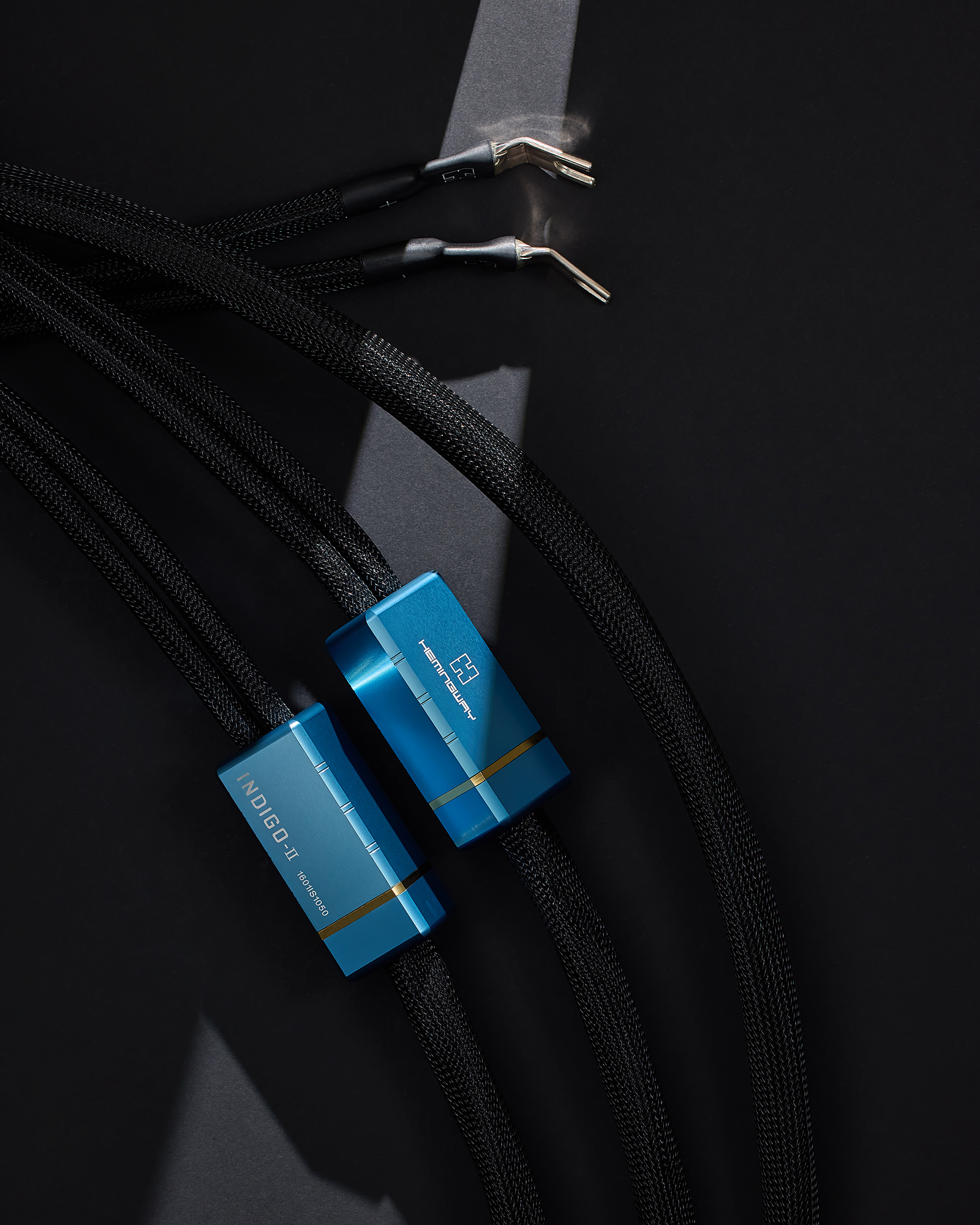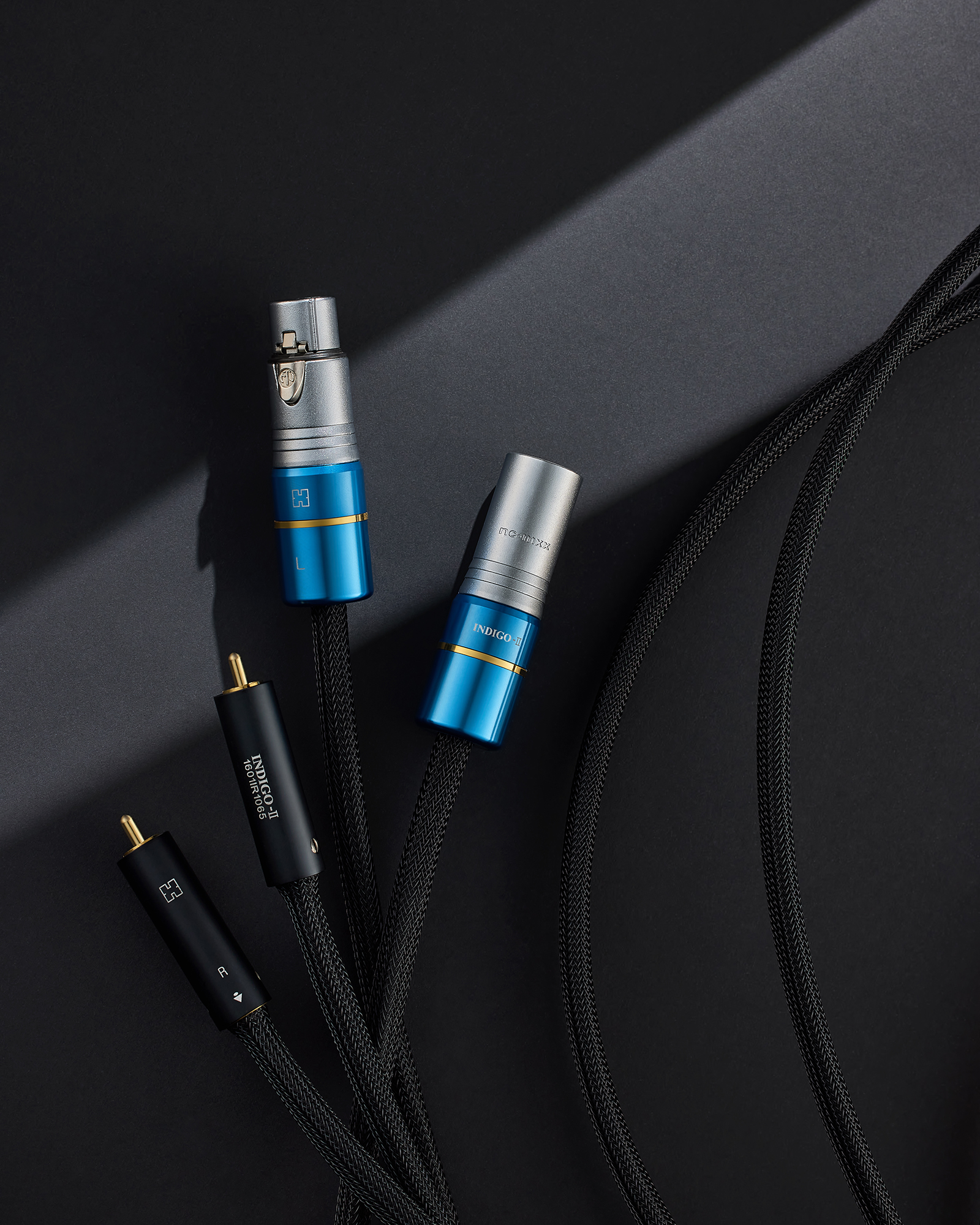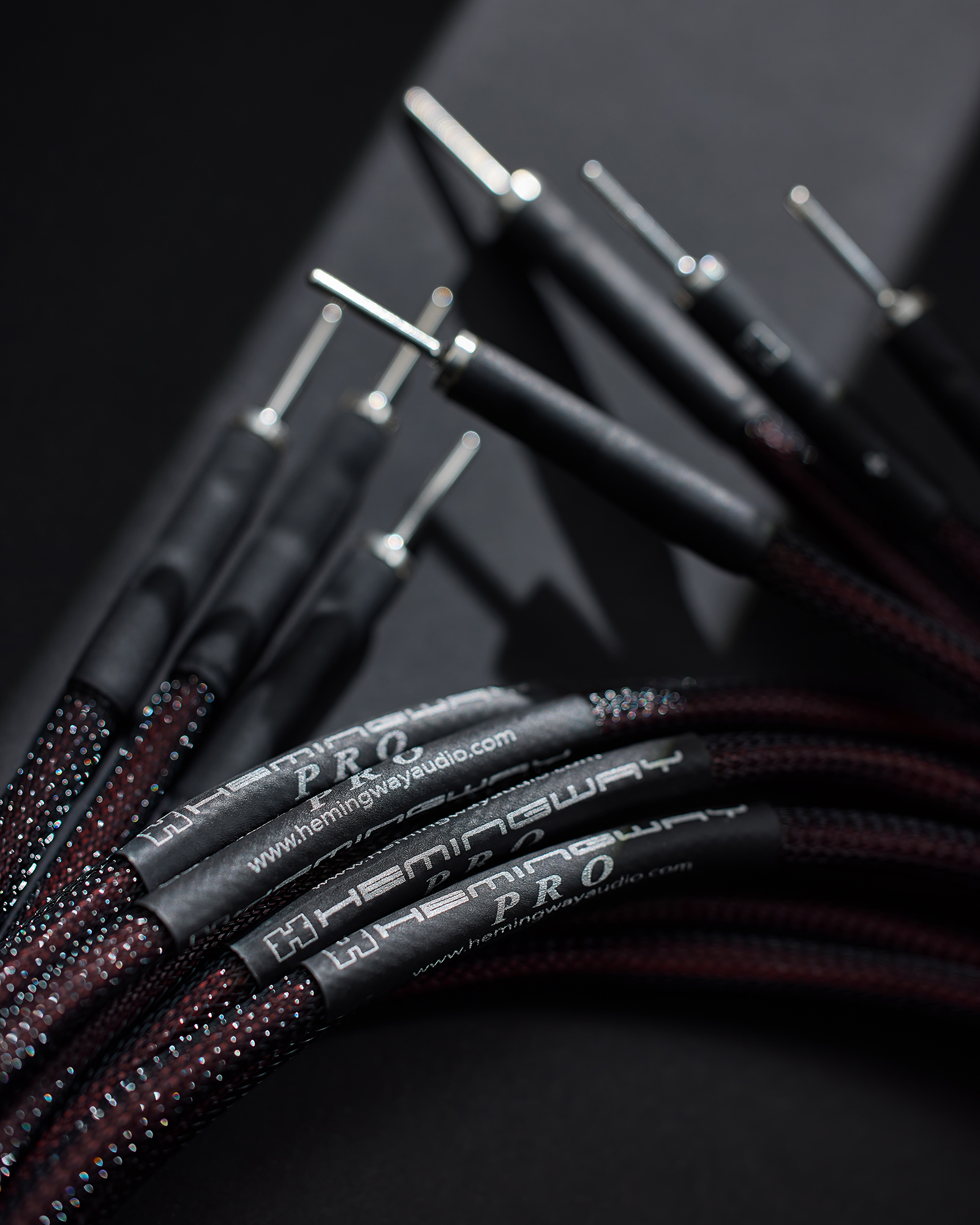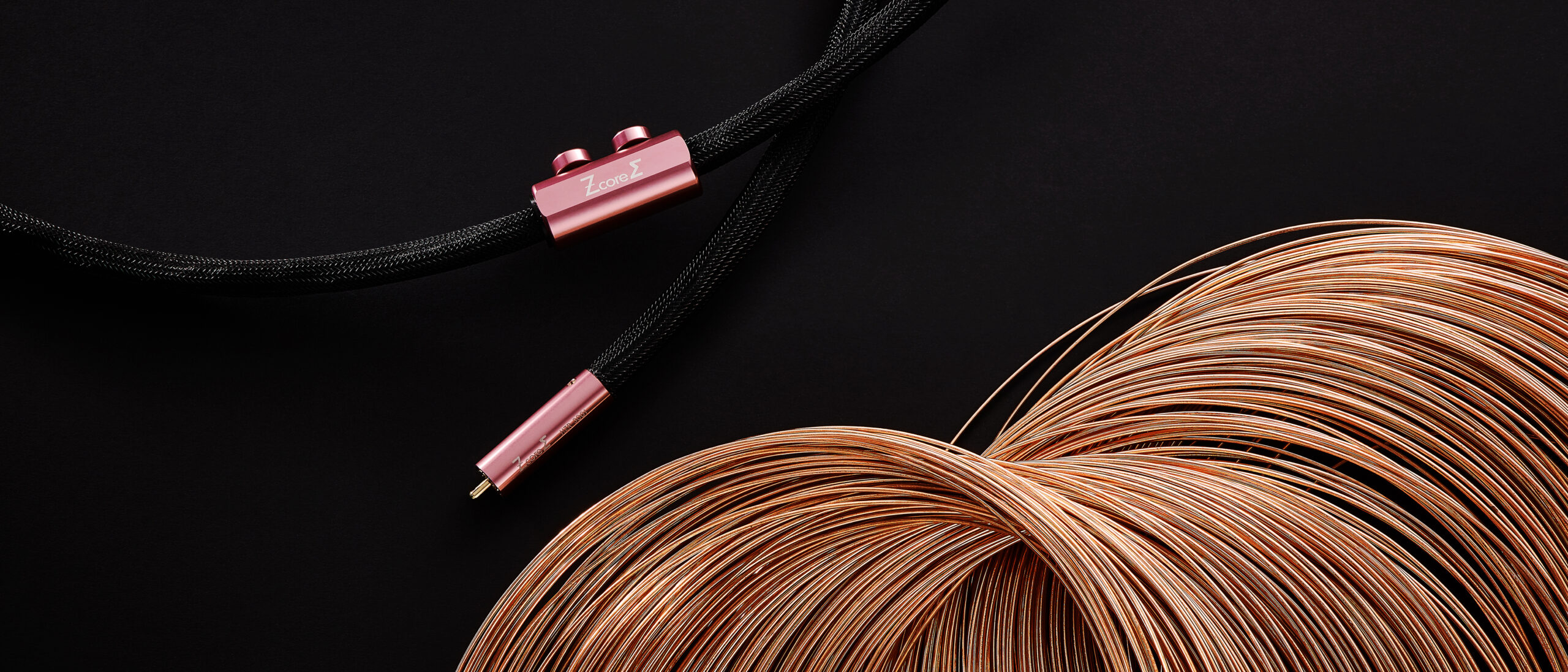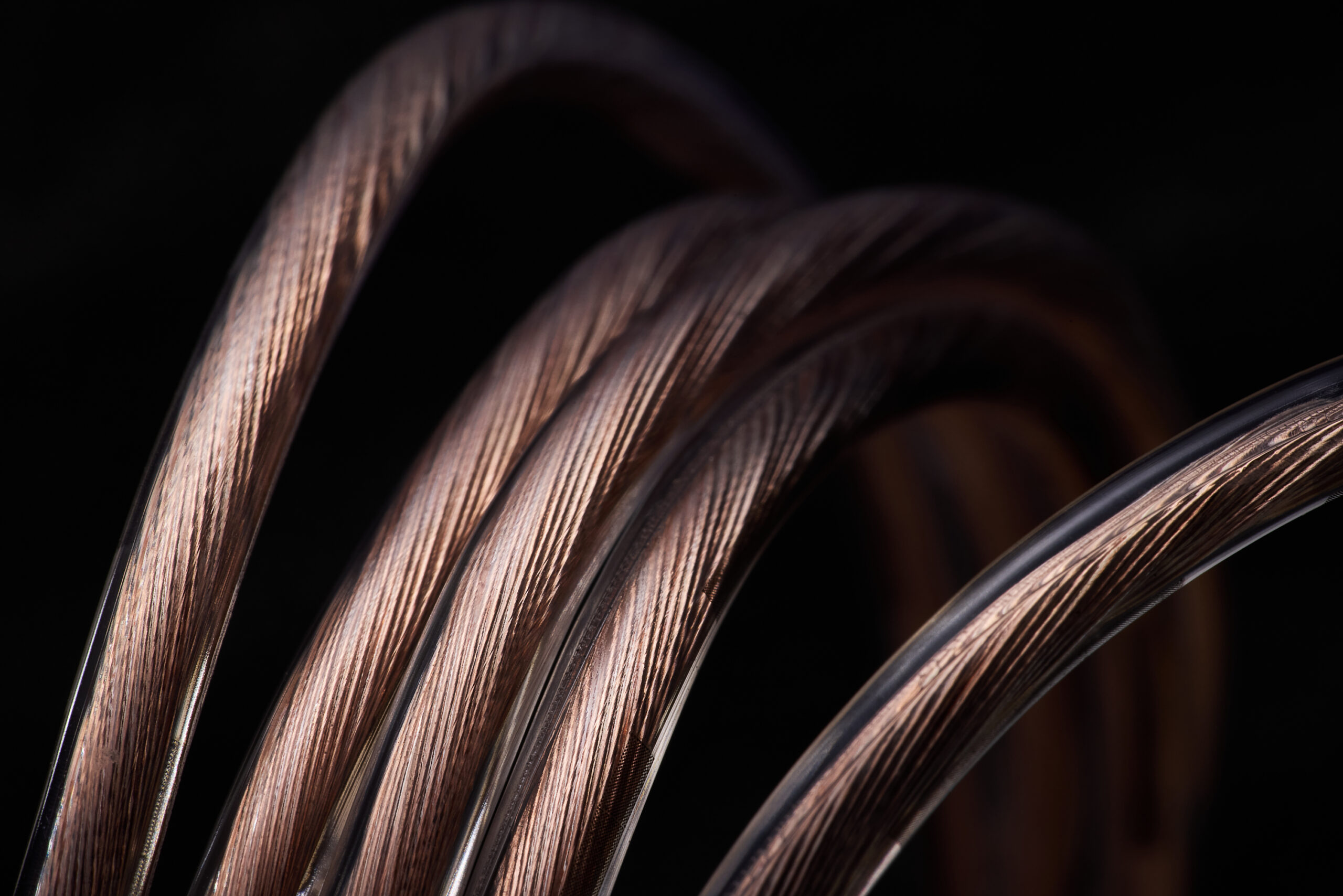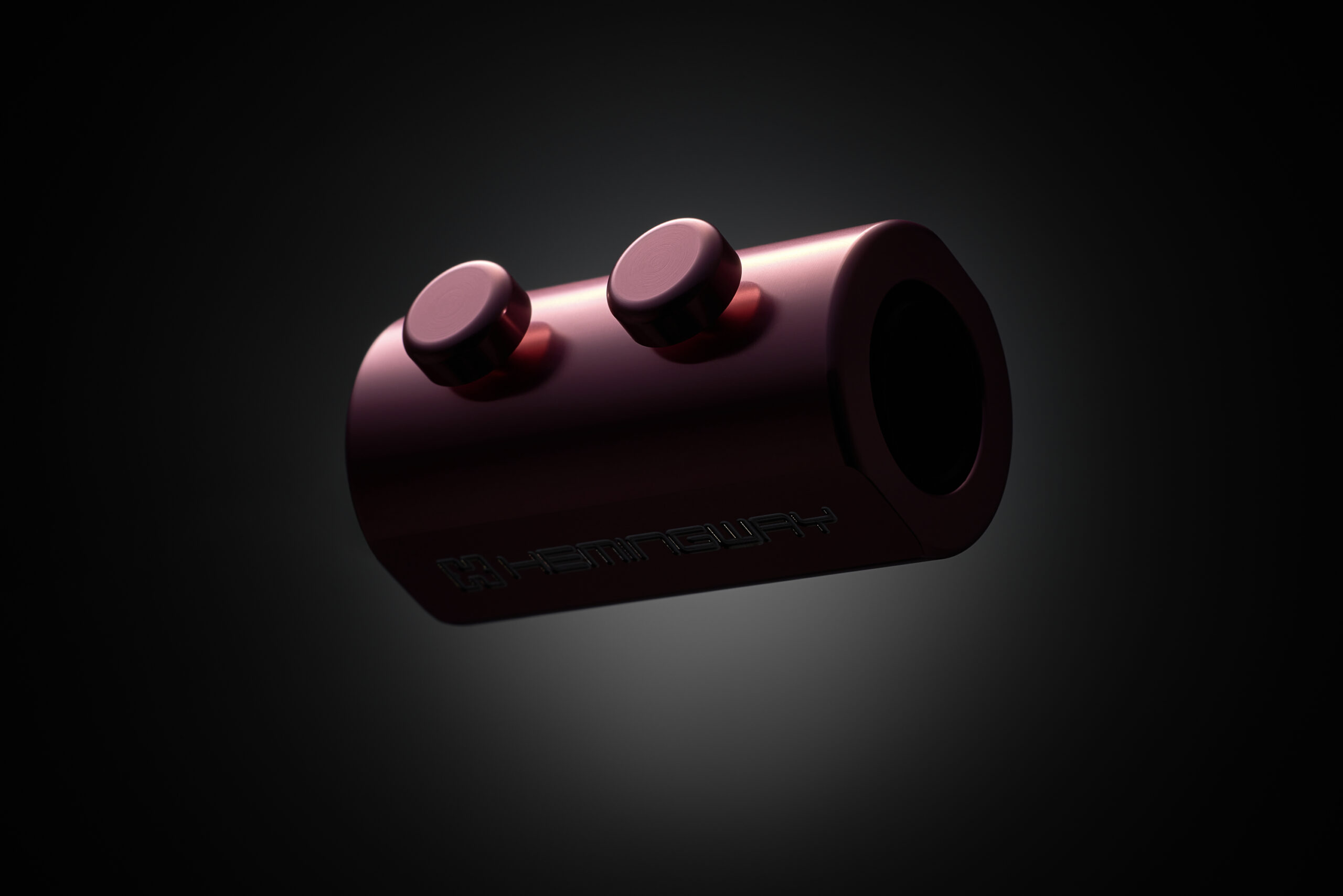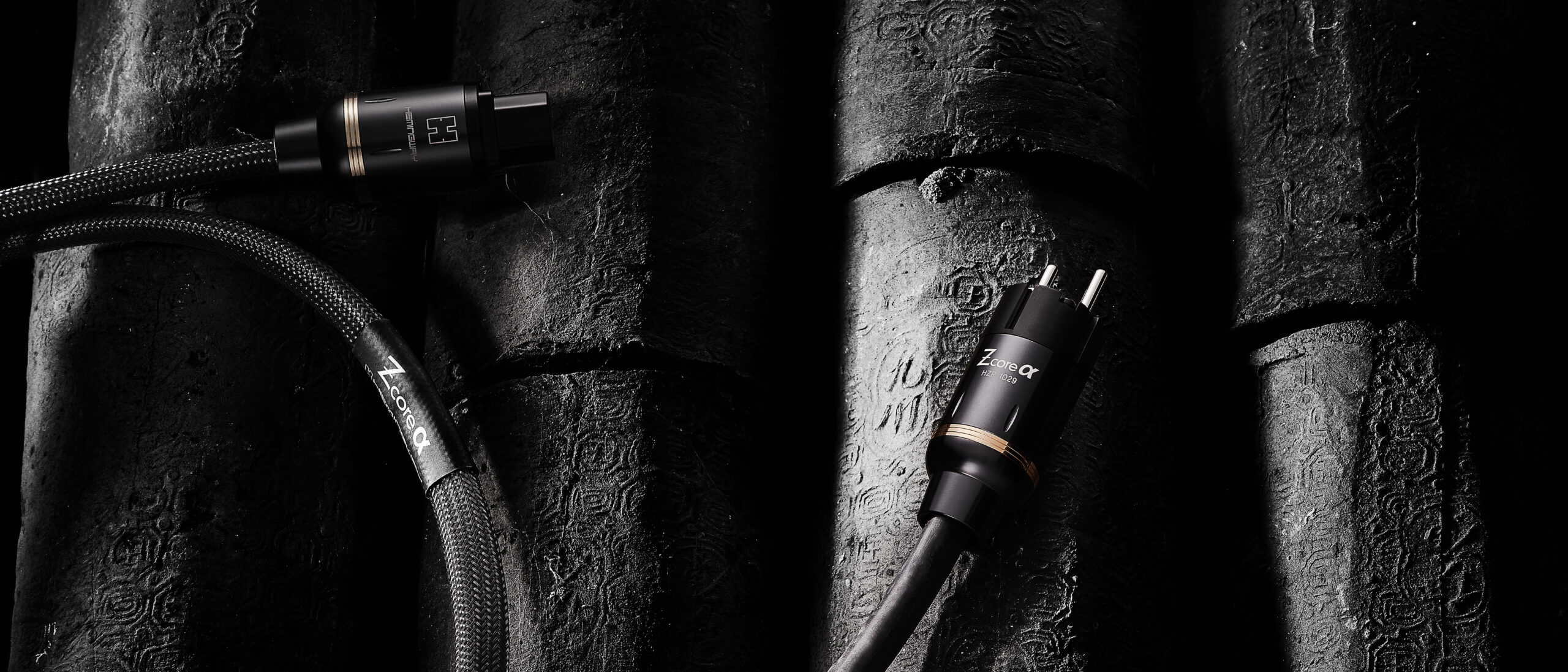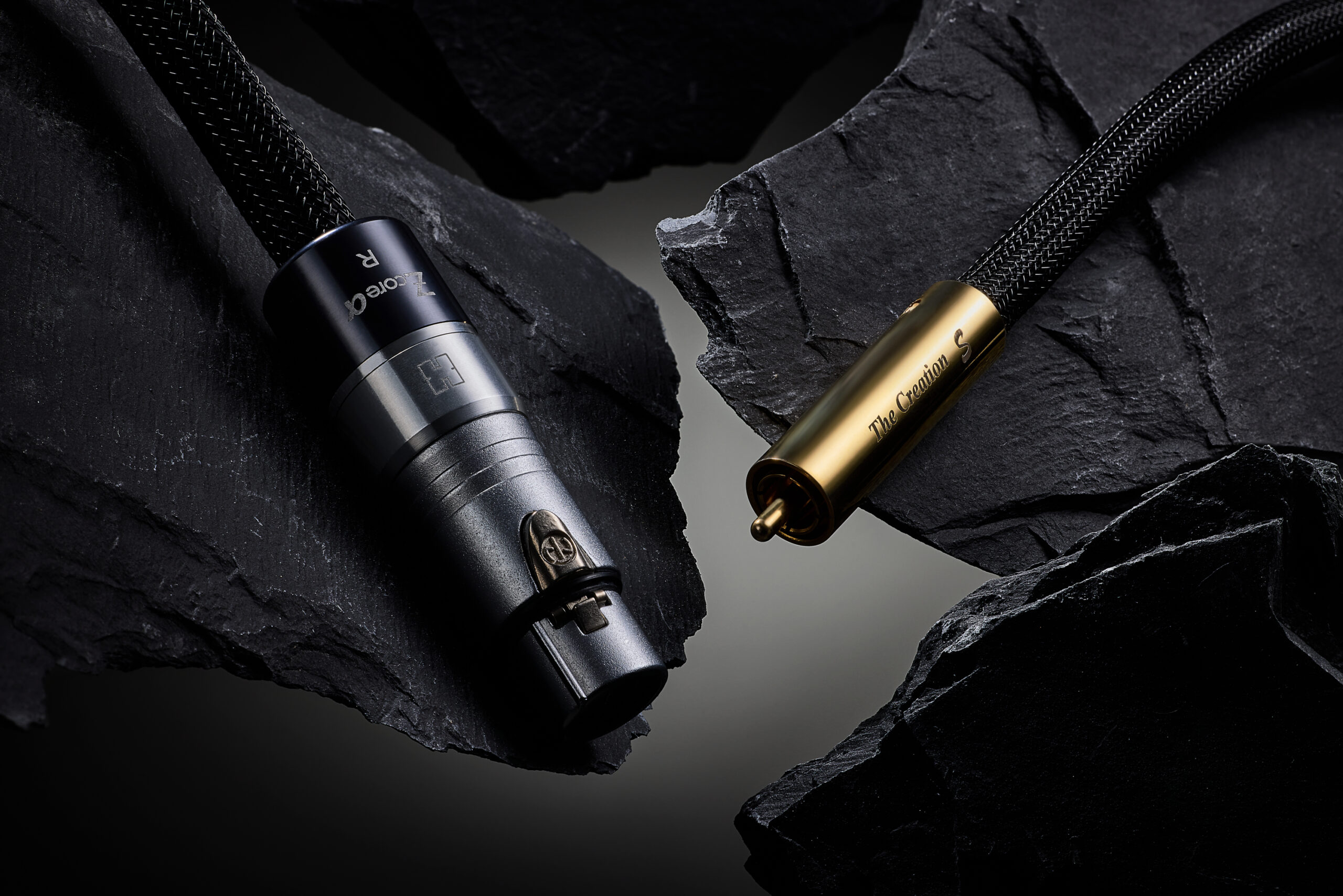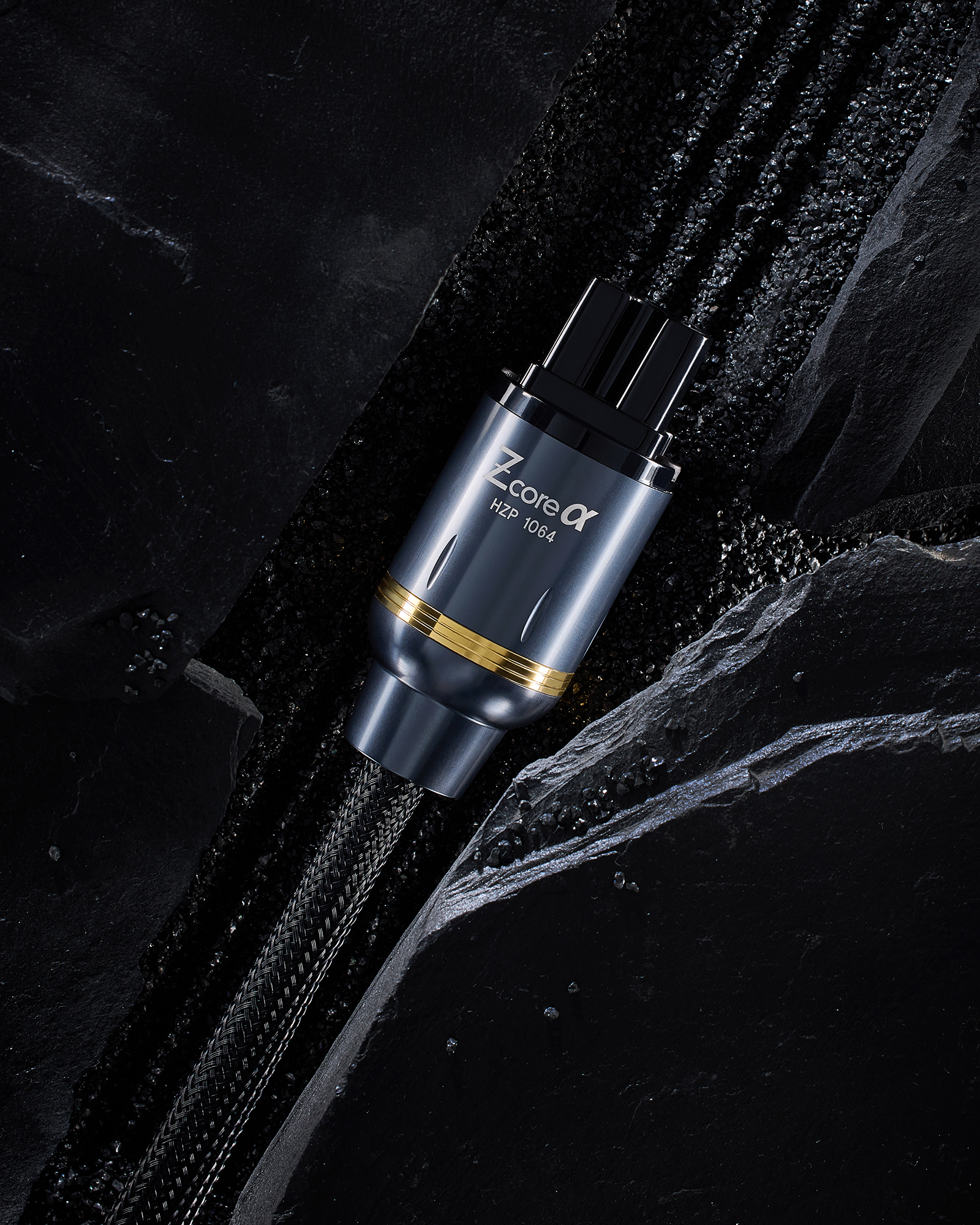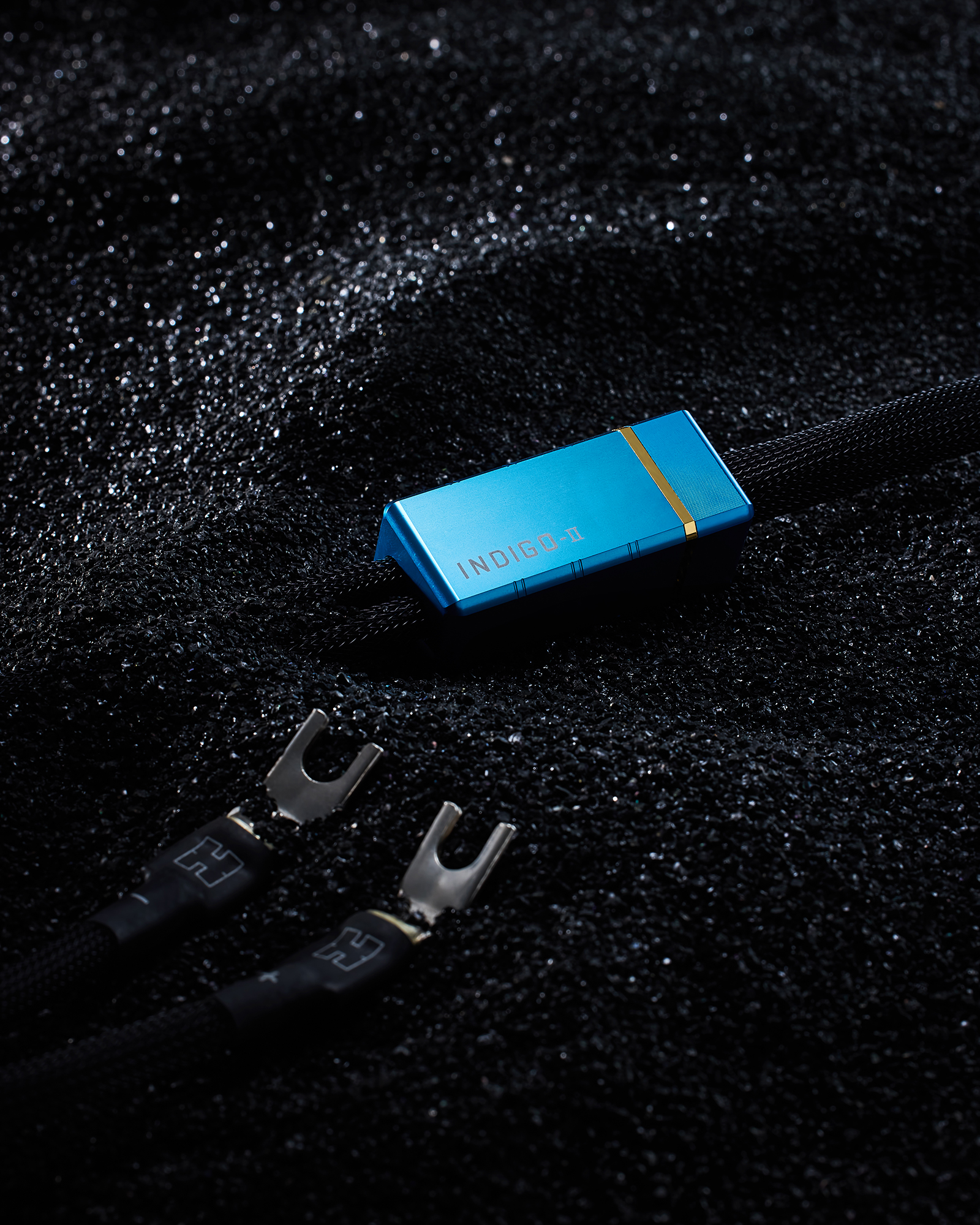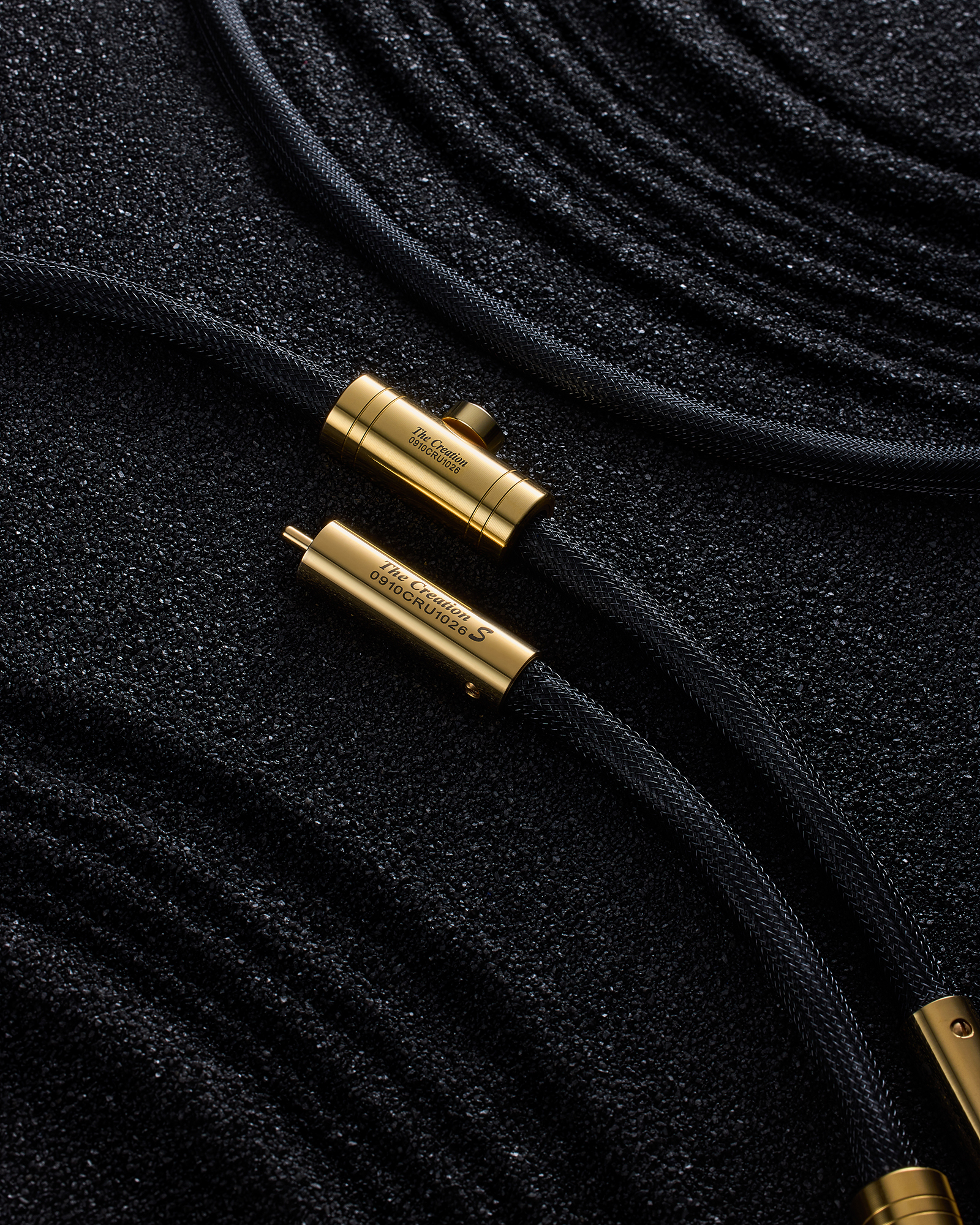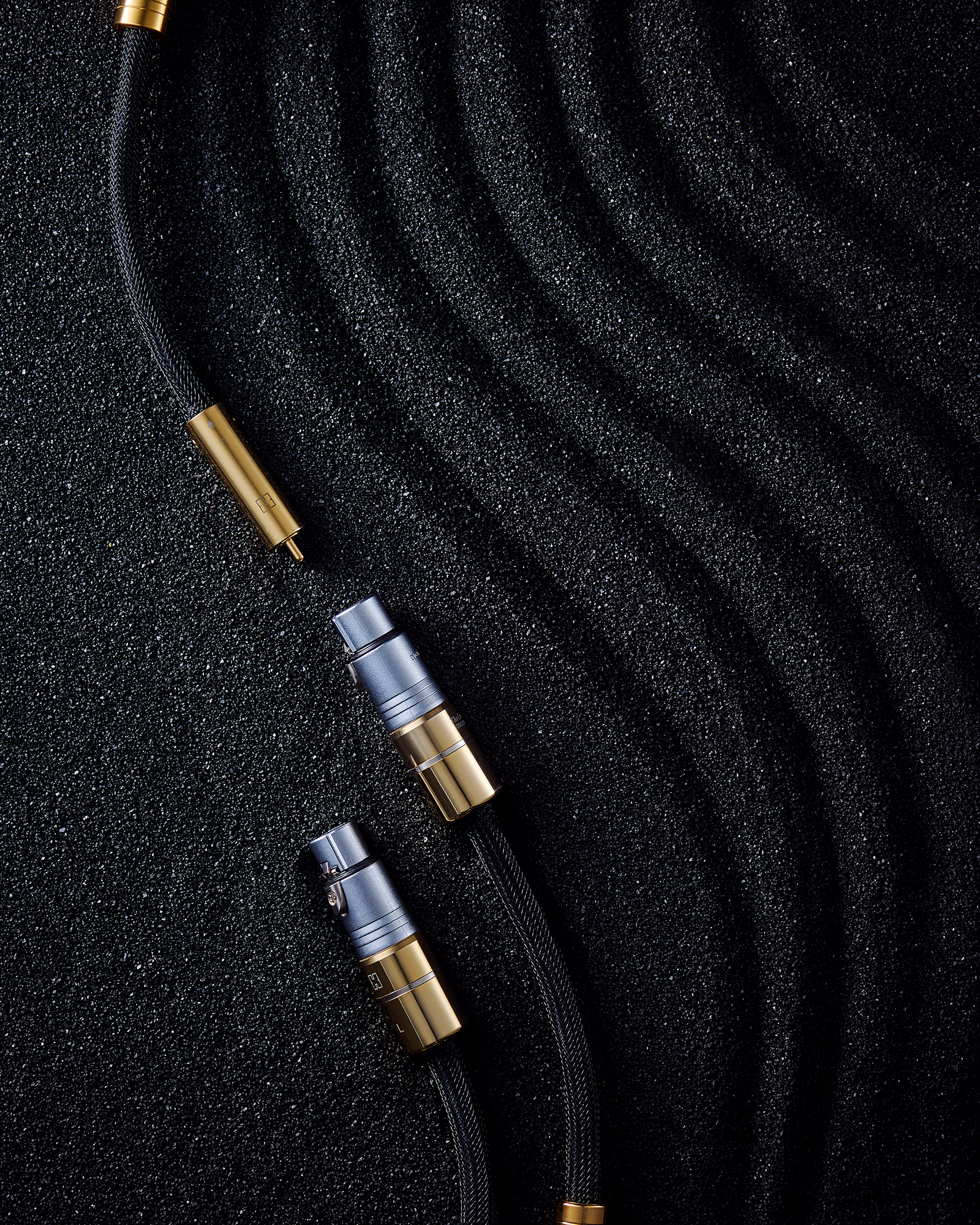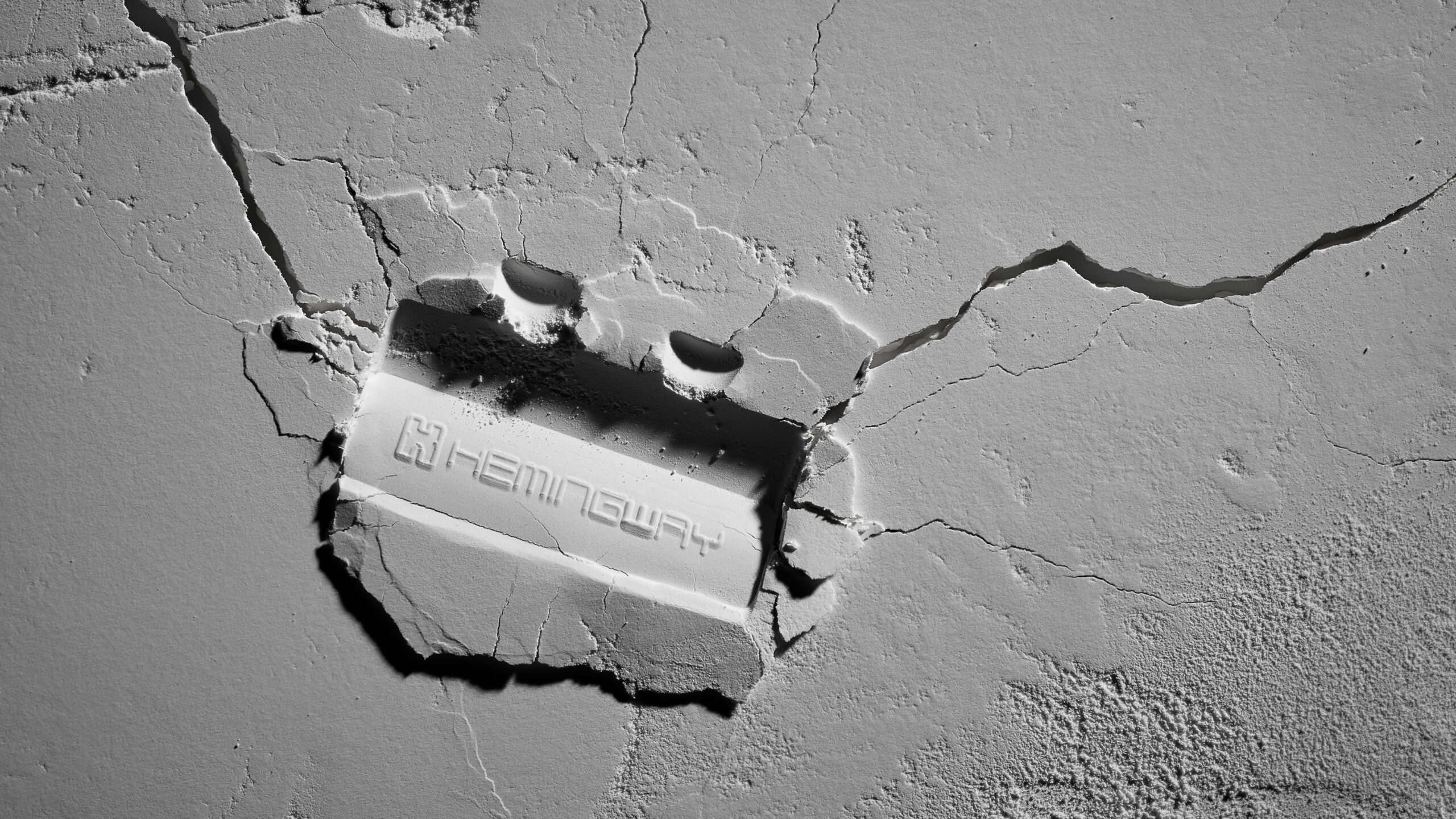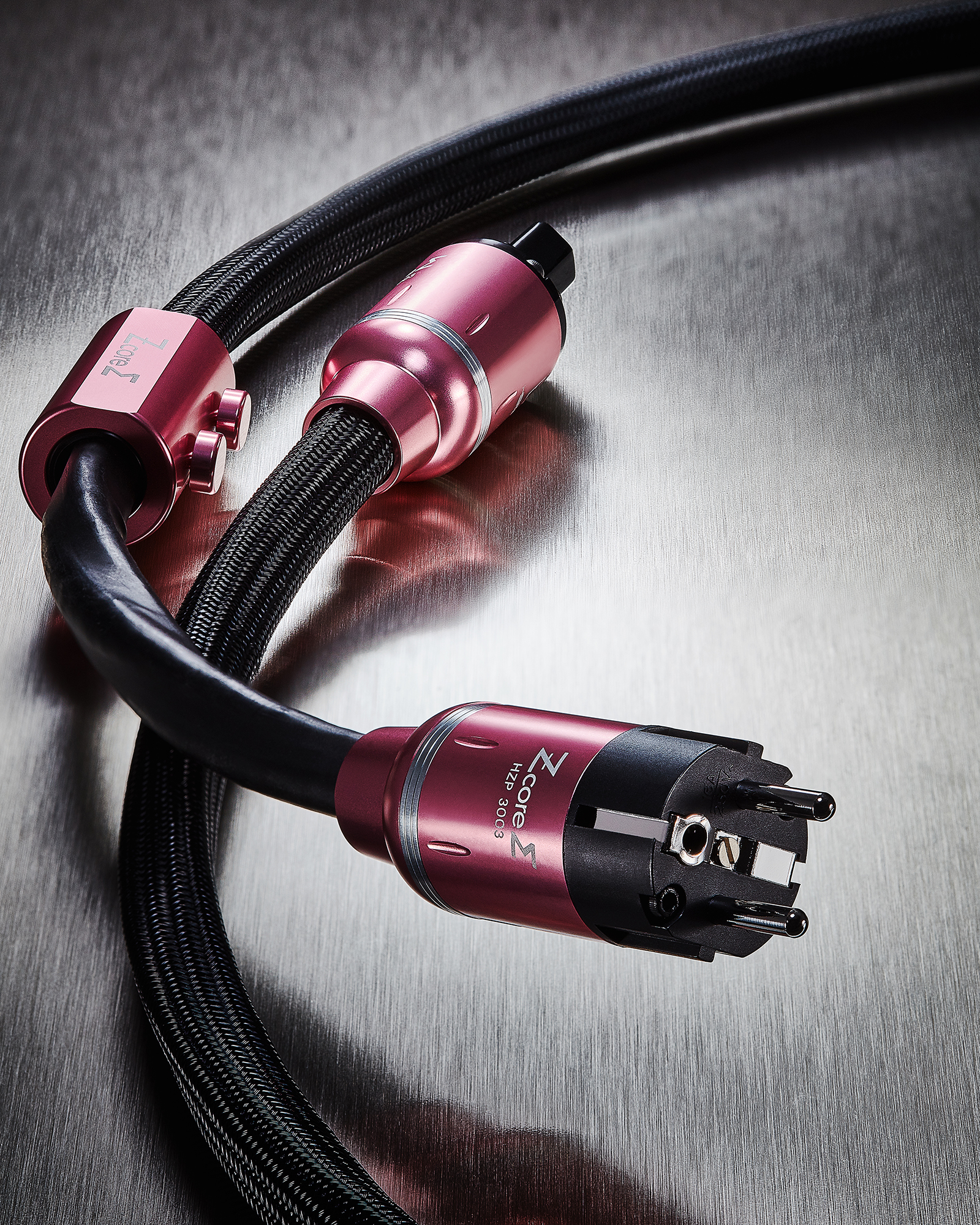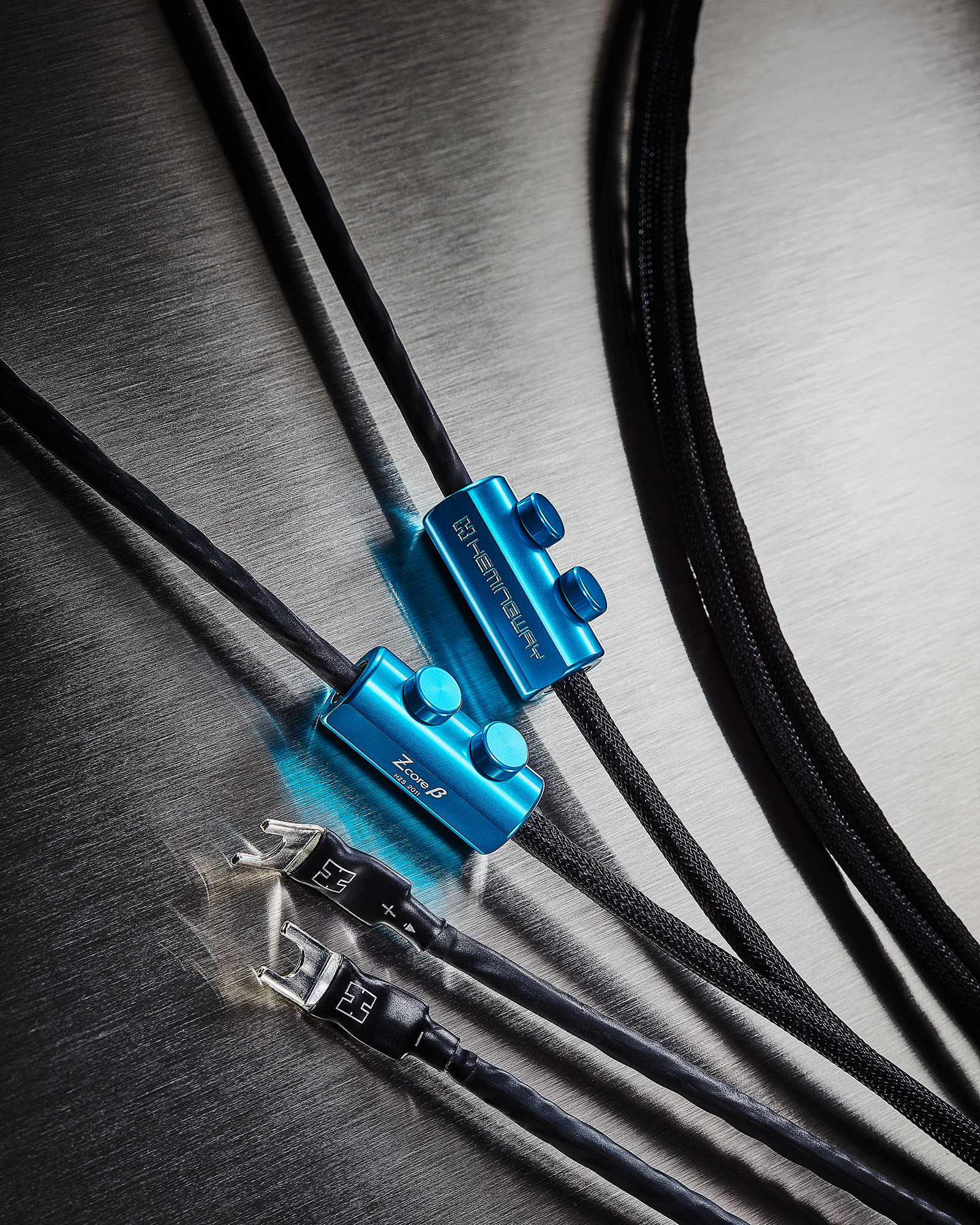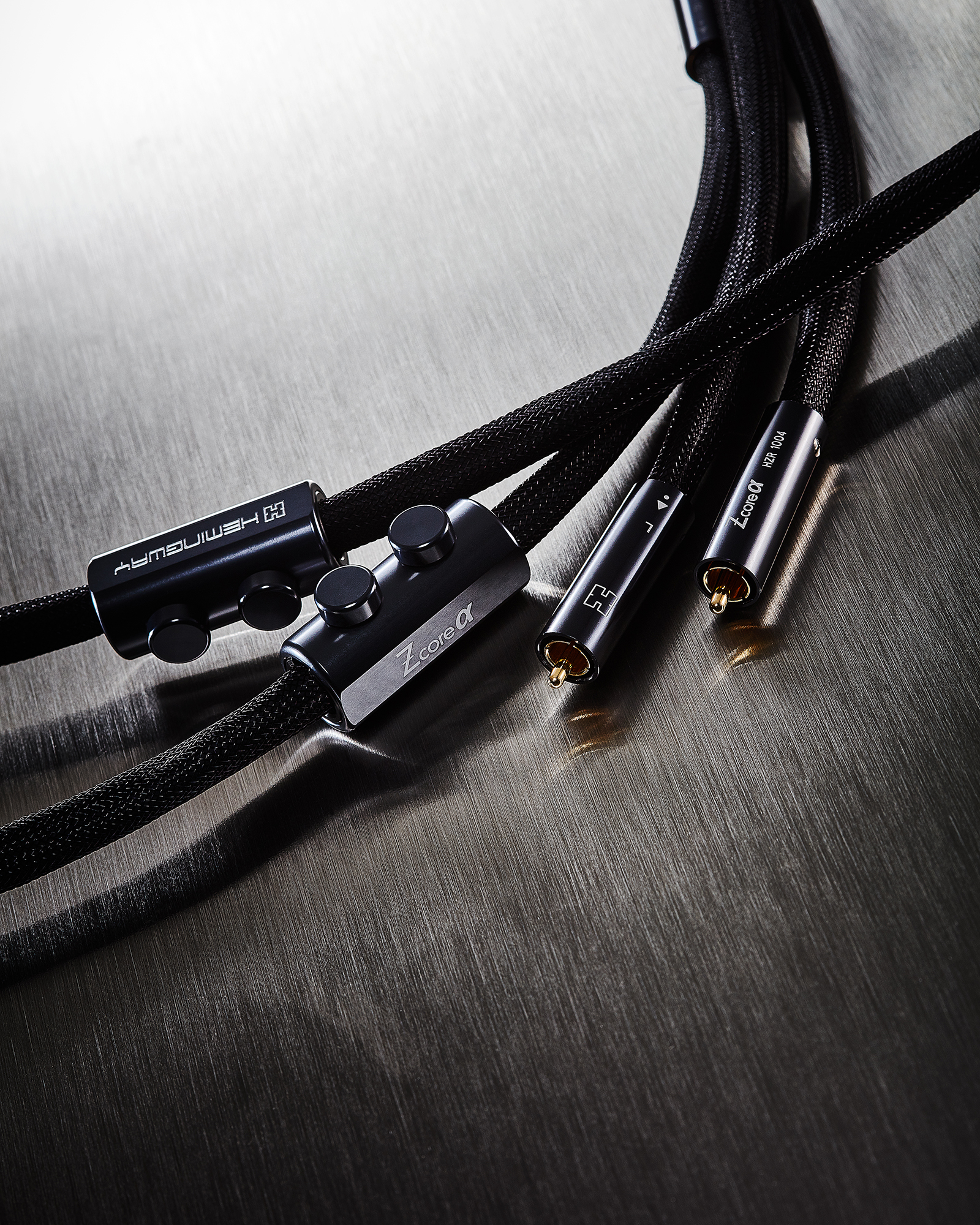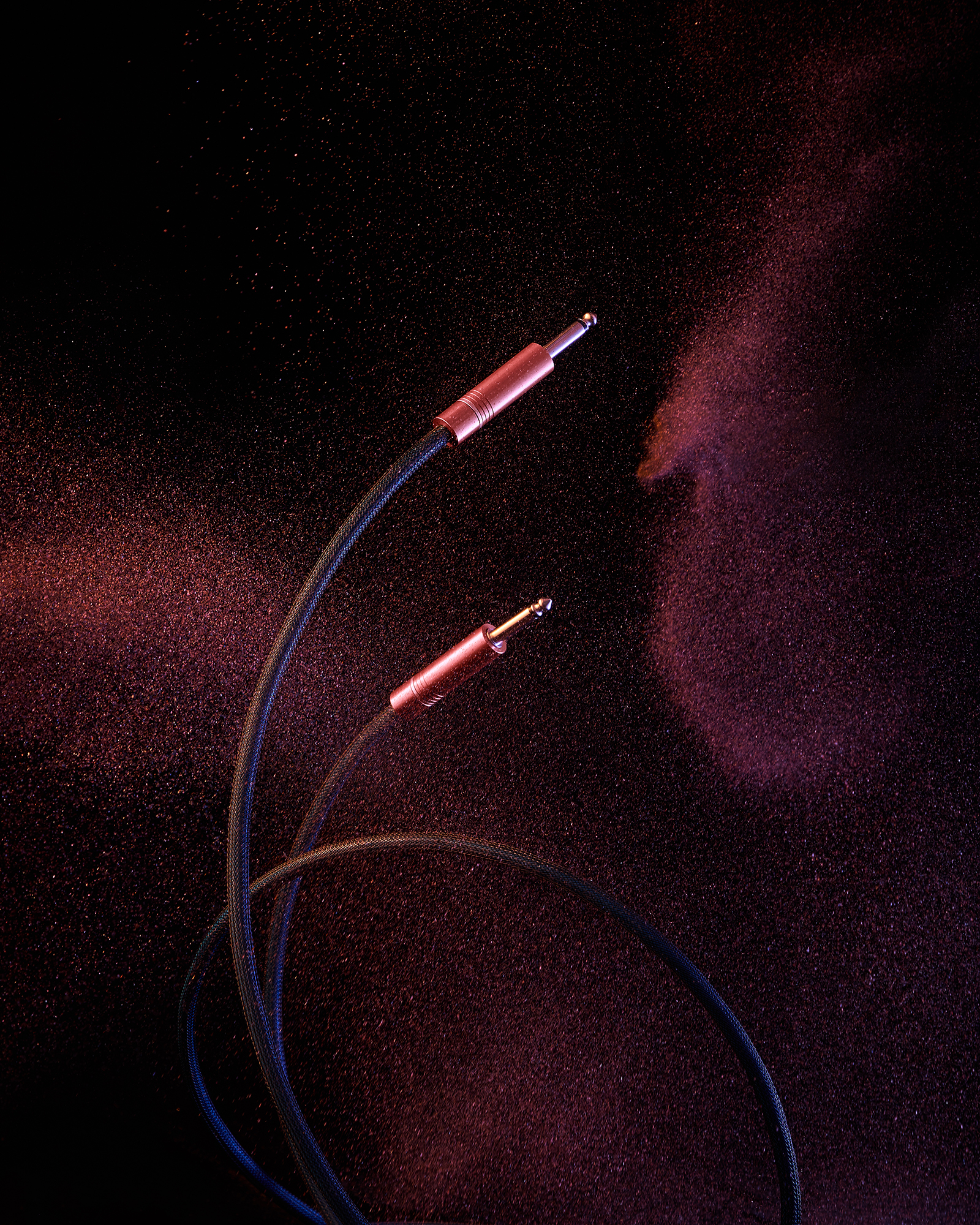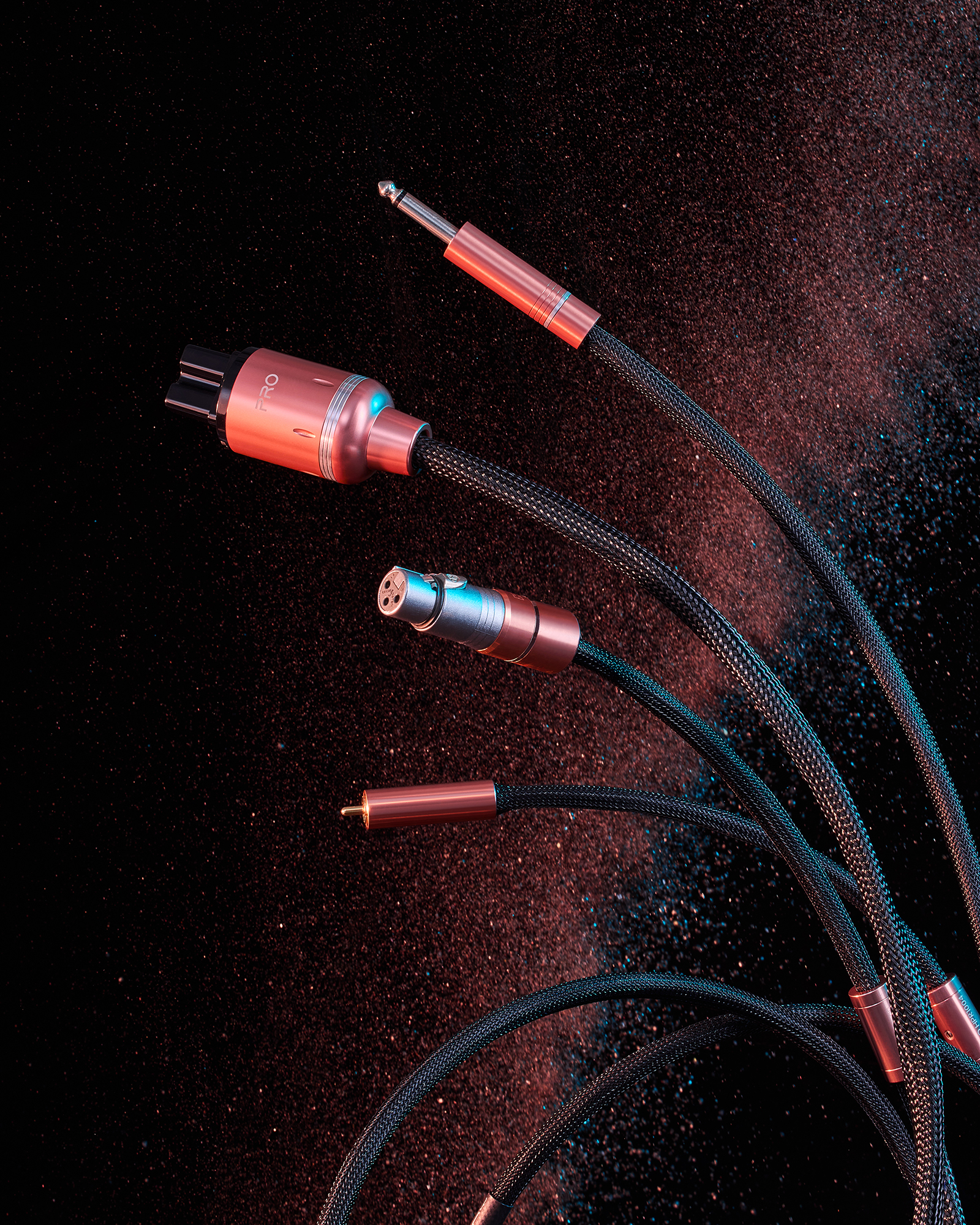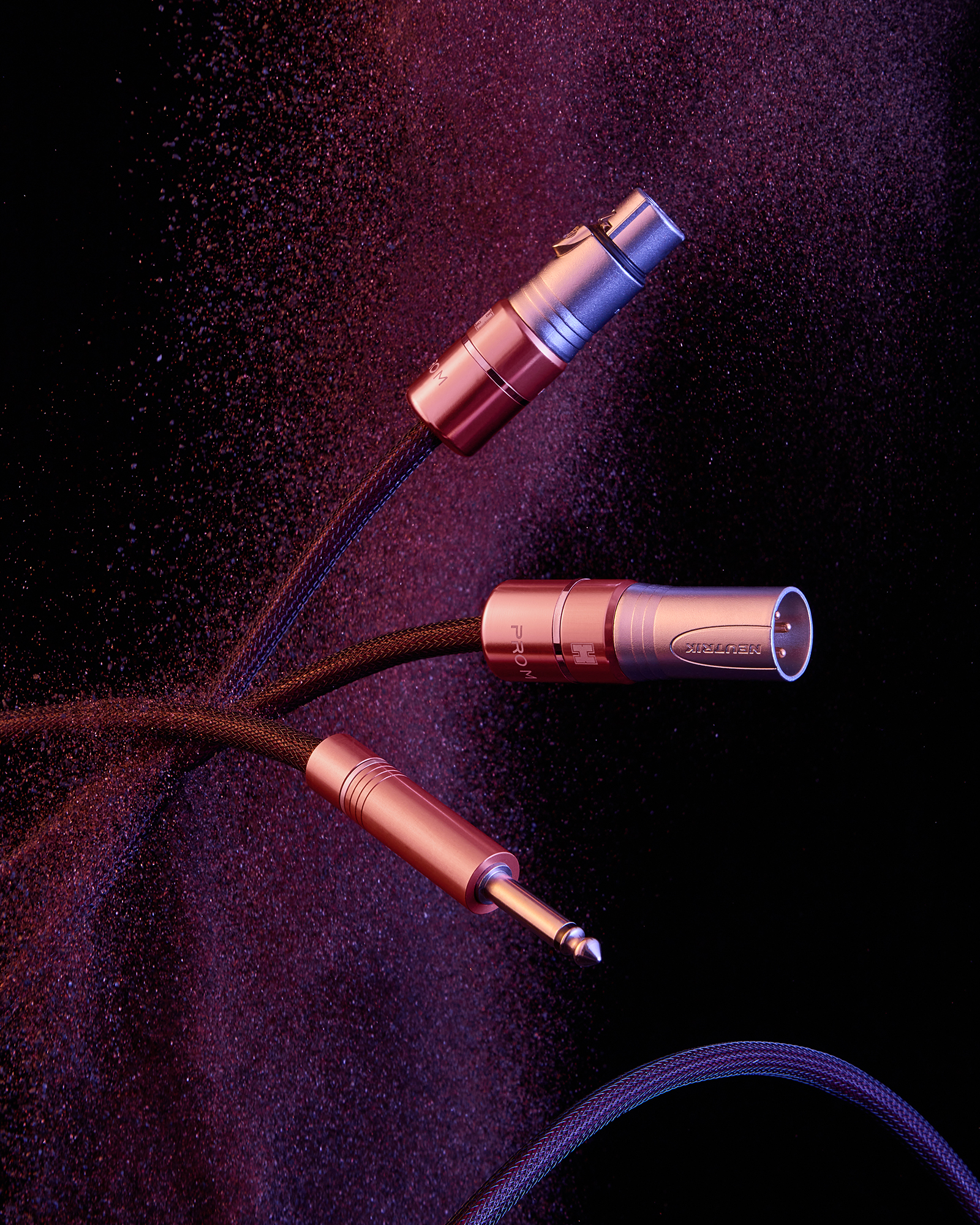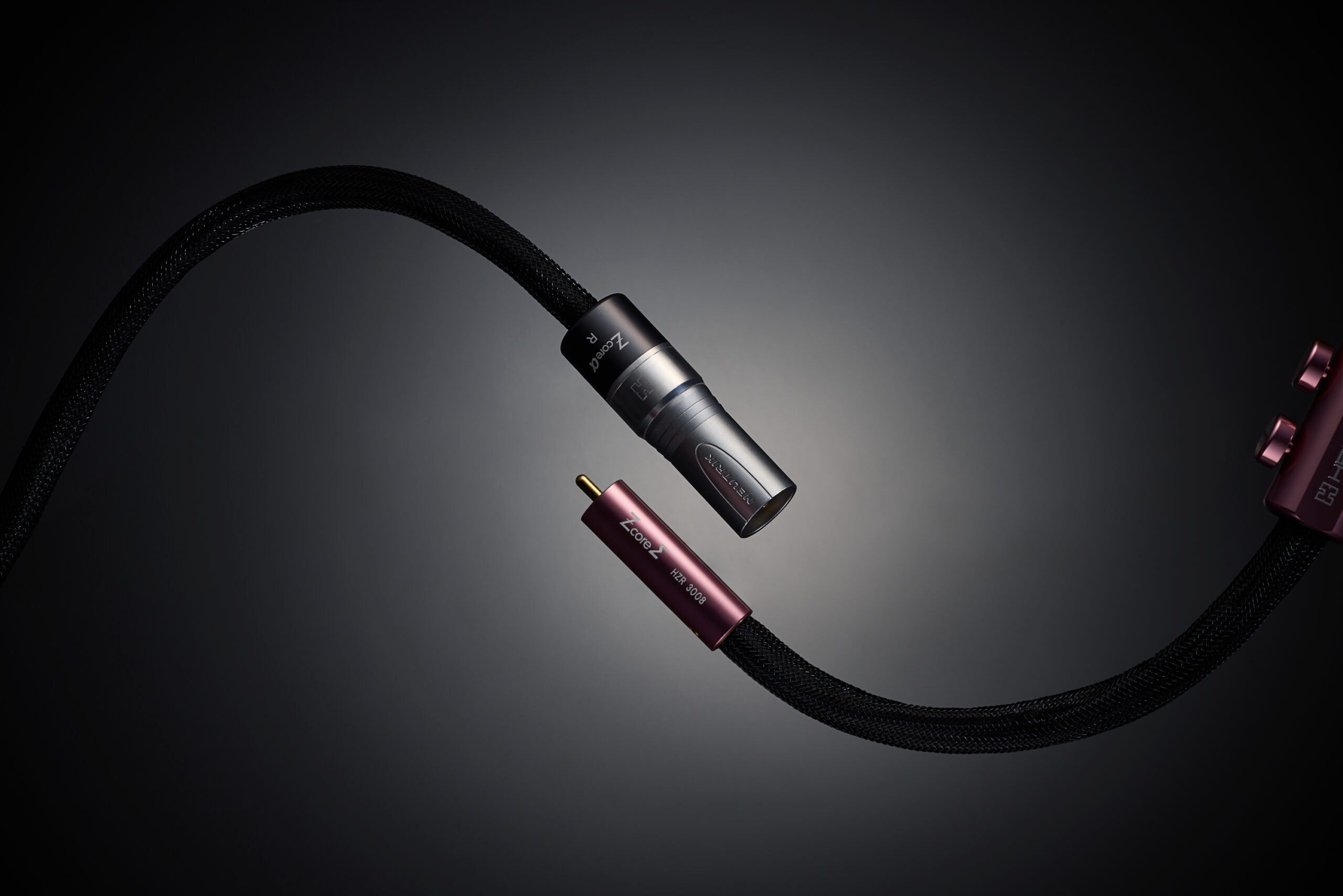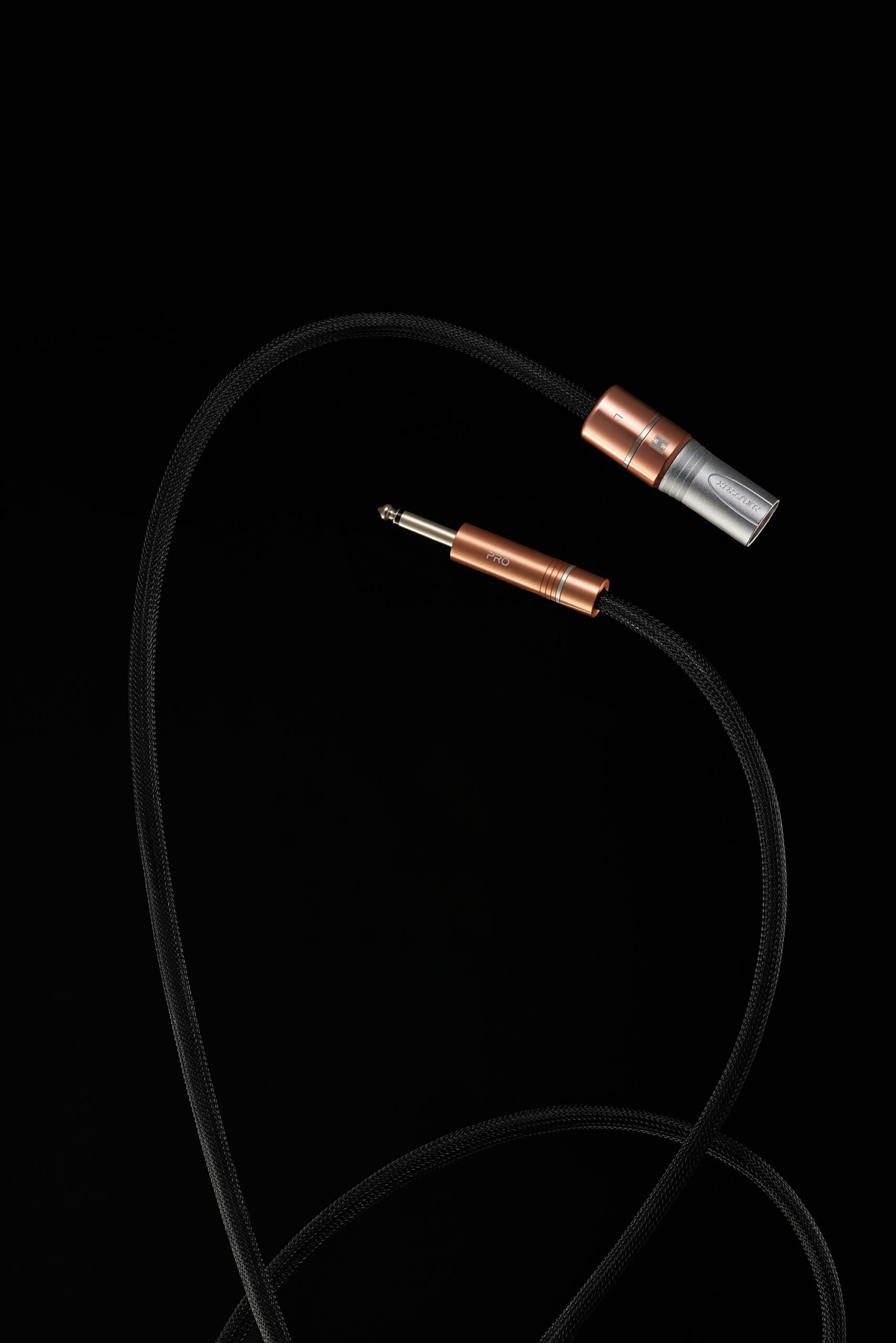Hemingway Audio Cable Photography Series
Hemingway Audio Cable Photography Series
Translating Sound into Visual Form
Photographing high-end audio equipment often demands a process of subtle translation — converting invisible elements like sound into a visible and tactile experience. With the Hemingway audio cable, this challenge was further amplified, as it required conveying not just its function, but its identity and performance through imagery.
An Unexpected Challenge: My Relationship with Sound
When I received the project request, I was personally at a loss. I have a severe hearing impairment and have had little interest in audio gear. On top of that, photographing cables — which neither bend freely nor stand on their own — posed a physical challenge. I asked myself: how does one represent the texture of sound in a photograph?
Finding a Visual Language Through Materials
The early direction leaned on surfaces and material interplay. I photographed the cables atop textured backgrounds: a 300-year-old roof tile, brushed steel, and various granular materials. Through this, I began to explore sound texture expression in visual form. Later, in collaboration with the brand’s creative team, we developed a clearer visual metaphor: the transition of particles — from solid rock to fine powder — as a way to express shifts in frequency and resolution.
Lighting the Unspeakable: Managing Texture and Form
In addition to visual composition, I had to consider lighting and contrast with precision. The cable’s matte and reflective surfaces reacted unpredictably under light. I opted for directional lighting with controlled diffusion to emphasize contour and form without overpowering the texture. The process involved constant testing and minor adjustments to maintain consistency across the full series.
Working Within Physical Limits
Because these cables are expensive and structurally rigid, I couldn’t cut or glue them as I might with other objects. I focused instead on preserving the integrity of their physical form. Every image in the series was built around that constraint — to let the cable “rest” naturally and integrate it into its visual environment.
Between Perception and Imagination
In the context of high-end audio photography, I believe the series achieved a thoughtful result. However, had I been able to truly hear the nuanced differences these cables produce, I might have reached a more confident and complete visual interpretation. That gap — between what can be seen and what can only be imagined — continues to shape how I approach work like this.
